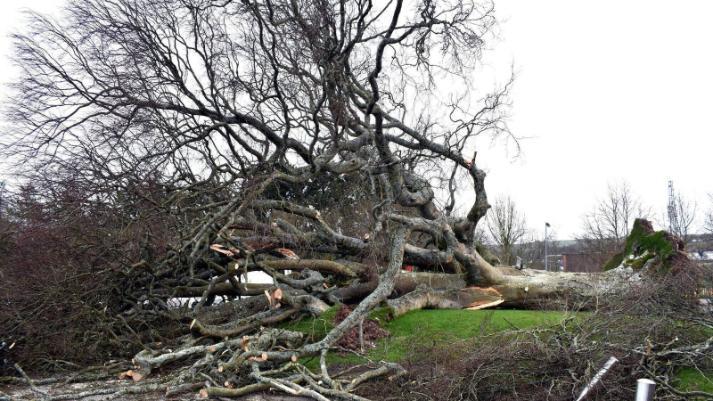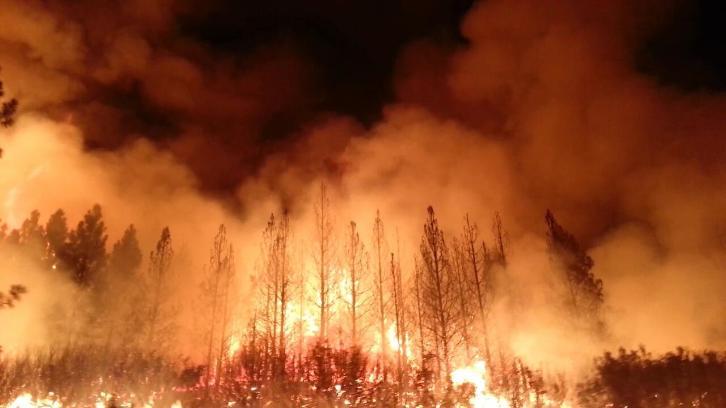Greater than the sum of their parts
News
- AgriFood Matters Podcast Series
- Recent News 2022
- Recent News 2023
- Recent News 2024
- Recent News 2025
- Ancient DNA analyses bring to life the 11,000-year intertwined genomic history of sheep and humans
- €1 million state-of-the art dairy calf rearing centre opens at UCD Lyons Farm.
- The School of Agriculture & Food Science is seeking to recruit three early-career faculty through the Ad Astra Fellows programme
- Stephen Robb - his advice to students; make sure you always keep an Ear to the Ground!
- UCD Agriculture, Food Science & Human Nutrition Careers Day 2025
- Greater than the sum of their parts
- Niamh Bambrick - Alumni Focus
- Proud day at UCD Awards Day
- Farm Walk and Talk 2025
- Minister Heydon presents Women in Agriculture Studies Excellence Award
- Development of a Hybrid Human-AI personalised learning path for VET for innovation in agriculture
- UCD welcomes New Zealand Ambassador to Ireland, Mr Trevor Mallard
- UCD Teagasc Knowledge Transfer Funded Masters 2025
- Champions for Safety
- John Roche announced as Chief Science Advisor.
- Sinead Flannery receives the UCD Values in Action Award
- UCD & Macra Agricultural Skillnet - MSc Agricultural Extention and Innovation
- Horticulture position
- UCD Student in full Bloom!
- "Communicating Irish Agri-Food to the World."
- UCD Summer Schools 2025
- UCD Plant Health for Inspectors graduates it’s first students
- UCD Students PWE
- University College Dublin rises to 118 in latest QS World University Rankings
- MSc in Humanitarian Action Students’ Visit Schedule to Wolaita, Ethiopia
- Remembering Dan Browne
- 11th CITES European Regional Plants Meeting at UCD
- From Dublin to London and Back to UCD: A Full Circle Journey in One Health
- UCD Student is awarded the 2025 Communications and Agri-Innovation Award sponsored by the Guild of Agricultural Journalists.
- 'Farmageddon' comes to UCD
- UCD Confers Michael Berkery with an Honorary Doctorate of Science
- Dr. Kevin Daly receives over €1.5million ERC Starting Grant for groundbreaking research project
- UCD goes Ploughing 2025
- Minister Noel Grealish Visits UCD Lyons Farm to Review Innovation in Agriculture and Food Science Research
- BiOrbic, leading the drive for the bioeconomy to be the cornerstone of the Irish economy.
- James Duggan is awarded Graduate Sports Scholarship
- Global Farm Platform honoured with FAO Technical Recognition for Sustainable Livestock Transformation
- COALESCE funding for research exploring how AI can assist care-plan design for survivors of gender based violence
- Mark O'Dowd - Finding solutions through technology for customers and their cattle.
- School Awards Ceremony 2025
- UCD School Awards 2025
Greater than the sum of their parts: why the aftermath of Storm Darragh highlights overlooked disaster scenarios in Ireland
By Dr. Ronan McDermott - Assistant Professor, Centre for Humanitarian Action, School of Agriculture & Food Science, University College Dublin
Storm Éowyn has understandably placed Ireland’s preparedness for major emergencies at the centre of political and social consciousness. Its severity and cascading impacts across electricity, transport and telecommunication systems illustrated the scale of the challenge facing government, communities and households in preparing for a future in which factors such as a changing climate, an increasing and ageing population, as well as increasing reliance on the electricity grid to support decarbonisation intersect to enhance disaster risk.
Storm Éowyn would have been even more devastating had it occurred simultaneously or in close succession with another hazard. This is a scenario that was experienced just a few weeks earlier in December 2024 with Storm Darragh and its aftermath. Storm Darragh left 120,000 electricity customers without electricity and by the time a Status Yellow warning for low temperatures was issued by Met Éireann for several counties the night of the 10th December 8,000 homes and premises had not been reconnected. Although Storm Darragh was less powerful than Storm Éowyn, the two hazards, a storm and low temperatures, occurred in close succession and led to compounded impacts on those without electricity and reliant on it for heating and other essential needs during the cold snap. This highlights the importance of considering how hazards can interact to create impacts that are greater than the sum of their parts.

‘Natural’ hazards occurring in close succession or even simultaneously is unsurprisingly more frequent as such hazards overall occur more frequently. The effects of the interaction of such hazards merit greater attention for two main reasons. Firstly, there is the potential for one hazard to either trigger, to make more likely, or to intensify the impacts of another hazard. And secondly, the interaction between two hazards occurring simultaneously or in quick succession increases the potential impact on people, infrastructure and ecosystems due to the divergent causes of the different hazards involved as well as their compounding effects. In both respects the Storm Darragh-low temperature hazard interaction and the cascading impact on households without electricity provides a sobering example.
Interest in understanding and addressing multi-hazard interactions was galvanised by the triple earthquake-tsunami-nuclear disaster of 2011 in East Japan. On the afternoon of 11th March of that year a magnitude-9 earthquake created a tsunami that overwhelmed a long stretch of the eastern coast of Japan and led to a nuclear emergency at Fukushima Daiishi nuclear plant. The triple disaster displayed a triggering relationship in which one hazard causes another, i.e. the earthquake causes a tsunami, which in turn causes a nuclear emergency. However, there are numerous other ways in which hazards may interact. While not directly triggering another hazard, one hazard may increase the probability of another one. An example of an increased-probability multi-hazard interaction is the scenario whereby heatwaves and/or droughts combine with high winds to increase the risk of wildfires. The recent fires in Los Angeles exemplified this phenomenon with devastating effect. A further category of multi-hazard interactions involves the spatial and temporal coincidence of two otherwise independently occurring hazards. The Storm Darragh-cold snap example falls into this category.

An axiom of disaster management is that natural hazards only lead to disastrous impacts when they interact with vulnerabilities within exposed communities, infrastructure and ecosystems. This is perhaps even more the case when it comes to the combined impacts of two or more hazards. Recurrent hazards can stymie prospects for recovery and the building of resilience. Ask anyone living in the expanding informal settlements of the Global South exposed to ‘everyday’ hazards such as flooding.
We need to shift our approach to assessing the risk of hazards by taking into account the potential for harmful interactions. Hazard-specific expertise in seismology, meteorology, hydrology and other fields needs to be shared effectively between the relevant stakeholders and considered in concert. Various participatory methods are being developed to assist in this regard, including storylines and the use of hazard matrices whereby the relationship between hazards in a place can be plotted.
In Ireland a lot of progress has been undertaken in the last couple of decades to enhance coordination between government departments and public agencies with respect to emergency planning. This is reflected in the latest (opens in a new window)National Risk Assessment which involved the identification of the key risks and hazards facing the country on the basis of engagement across Government Departments, state agencies and, in a novel move for such assessments, with the public itself. However, the risk assessment does not adequately consider how hazards may interact, in particular how hazards that in themselves do not meet the threshold of a national emergency may nonetheless combine to do so.
In the aftermath of the recent storms in Ireland there is common agreement that we need to be better prepared for extreme events. However, we should be prepared not only for more severe and frequent storms as An Taoiseach correctly exhorted but also anticipate the particular challenges that the interaction between hazards pose. Disasters are commonly understood as focusing events in that they have the potential to reshape public opinion and policy in decisive ways. The aftermath of Storm Darragh should help us to realise this potential by adequately considering how multiple hazards can be greater than the sum of their parts.